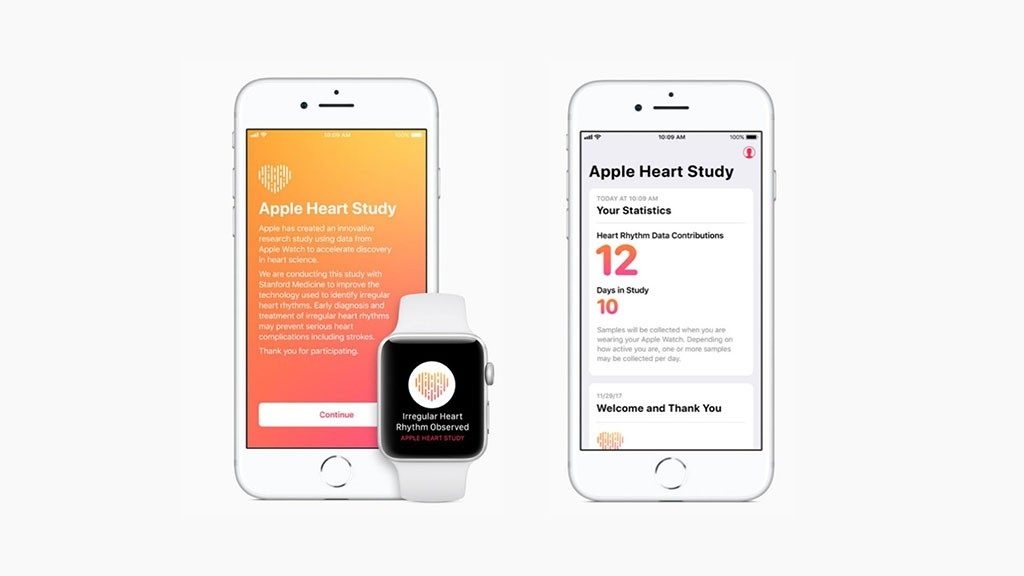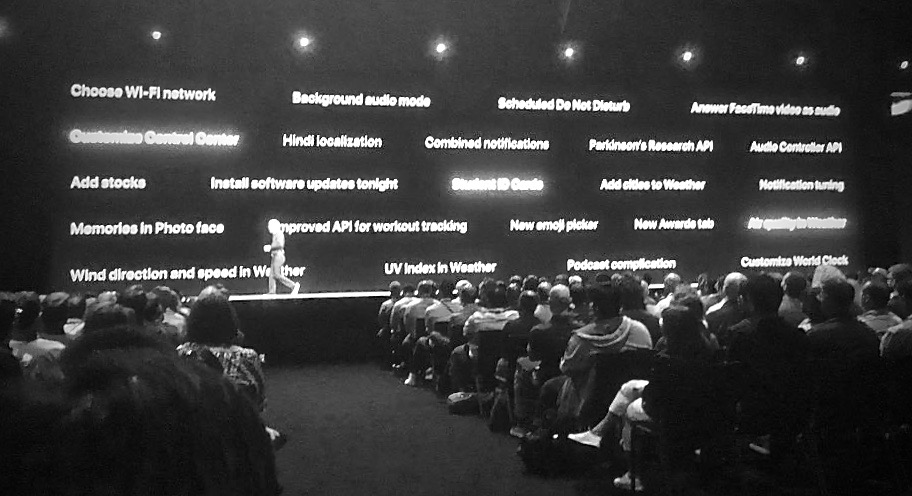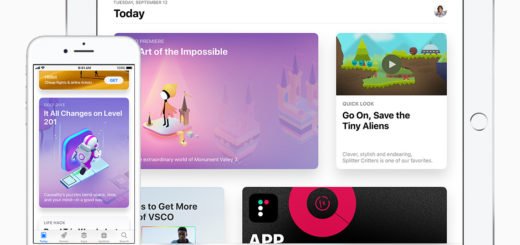Apple Watch heart sensor is accurate, study shows

A major U.S. study has confirmed that the Apple Watch can successfully spot the early sings of serious heart rhythm problems – proving it works like a doctor you always have with you.
Apple Watch heart sensor is accurate
Stanford Medicine has published the results of the largest ever study of its kind, the Apple Heart Study.
This study looked at over 400,000 participants from all 50 states across eight months.
Study results showed 0.5 percent of the over 400,000 participants received an irregular heart rhythm notification, illustrating the feature’s ability to surface important health information without increasing a doctor’s workload.
This is great news as Apple explores the potential of mobile devices, wearables, AI and remote health care.
“The results of the Apple Heart Study highlight the potential role that innovative digital technology can play in creating more predictive and preventive health care,” said Lloyd Minor, MD, dean of the Stanford School of Medicine.

“Atrial fibrillation is just the beginning, as this study opens the door to further research into wearable technologies and how they might be used to prevent disease before it strikes — a key goal of precision health.”
Partially funded by Apple, the study evaluated Apple Watch’s irregular rhythm notification, which occasionally checks the heart’s rhythm in the background and sends a notification if an irregular heart rhythm appears to be suggestive of atrial fibrillation (AFib).
Stanford Medicine researchers presented their findings at the American College of Cardiology’s 68th Annual Scientific Session and Expo. As part of the study, if an irregular heart rhythm was identified, participants received a notification on their Apple Watch and iPhone, a telehealth consultation with a doctor and an electrocardiogram (ECG) patch for additional monitoring.
Many participants sought medical advice following their irregular rhythm notification, using the information to have more meaningful conversations with their doctors.

The Stanford principal investigators were Mintu Turakhia, MD, associate professor of cardiovascular medicine, and Marco Perez, MD, associate professor of cardiovascular medicine, and the study chair was Kenneth Mahaffey, MD, professor of cardiovascular medicine.
“The performance and accuracy we observed in this study provides important information as we seek to understand the potential impact of wearable technology on the health system,” said Perez. “Further research will help people make more informed health decisions.”
Key findings from the study include:
- Overall, only 0.5 percent of participants received irregular pulse notifications, an important finding given concerns about potential over-notification.
- Comparisons between irregular pulse-detection on Apple Watch and simultaneous electrocardiography patch recordings showed the pulse detection algorithm (indicating a positive tachogram reading) has a 71 percent positive predictive value.
- Eighty-four percent of the time, participants who received irregular pulse notifications were found to be in atrial fibrillation at the time of the notification.

What will Apple have to share on health at WWDC 2019?
- One-third (34 percent) of the participants who received irregular pulse notifications and followed up by using an ECG patch over a week later were found to have atrial fibrillation. Since atrial fibrillation is an intermittent condition, it’s not surprising for it to go undetected in subsequent ECG patch monitoring.
- Fifty-seven percent of those who received irregular pulse notifications sought medical attention.
Sumbul Desai, MD, Apple’s vice president of Health said: “Seeing medical research reflect what we’re hearing from consumers is positive and we’re excited to see Apple Watch helping even more consumers in the future while collaborating with the medical community to further research.”
[amazon_link asins=’B07K3835BD’ template=’ProductCarousel’ store=’9to5ma-20′ marketplace=’US’ link_id=’e93c2e03-f286-462f-8192-cfef97df7c36′]
It is also worth reflecting that while each participant was required to have an Apple Watch (series 1, 2 or 3) and an iPhone in order to take part in this study the most recent model of Apple Watch (which has its own built-in ECG) was not part of this study as it was released after the research began.
This conceivably means Apple Watch 4 is an even more effective wearable diagnostic tool. This is of particular interest as Apple seeks to deploy its technologies to provide a network of preventative, diagnostic and remote health care devices.
Please follow me on Twitter, or join me in the AppleHolic’s bar & grill and Apple Discussions groups on MeWe.




